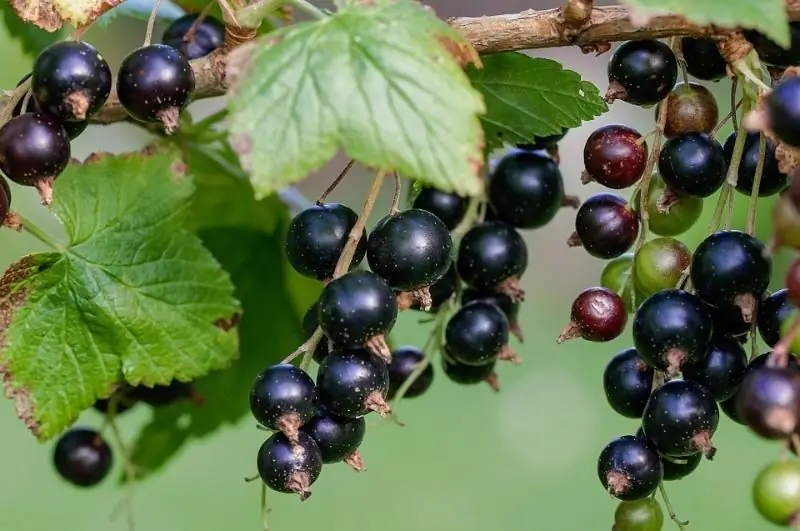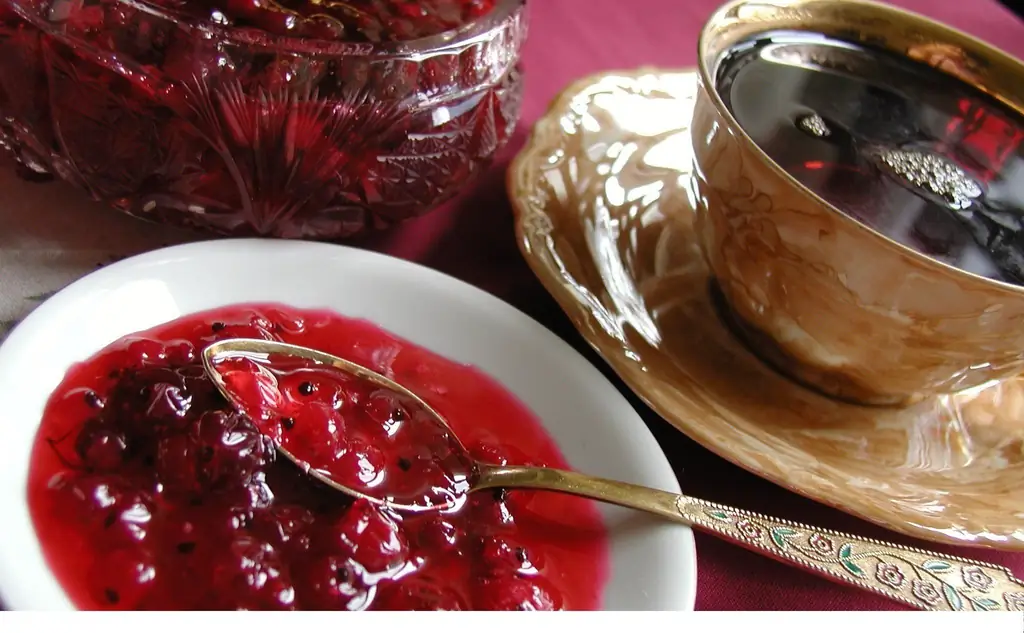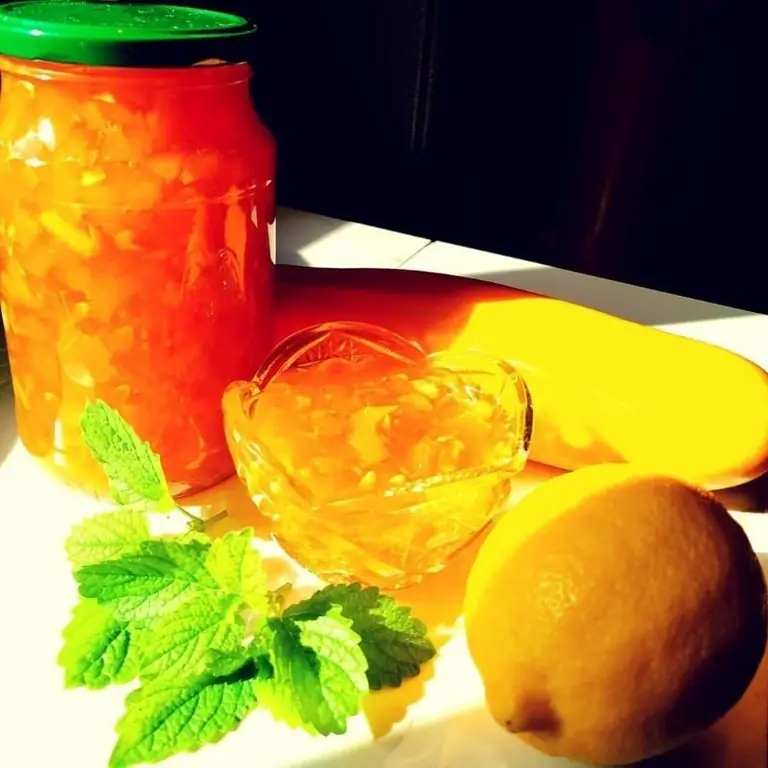
Table of contents:
- Author Bailey Albertson [email protected].
- Public 2023-12-17 12:53.
- Last modified 2025-01-23 12:41.
What currants need after harvest: 5 basics of preparing for winter

Preparing currant bushes for winter is a set of measures necessary for the normal life cycle of a culture. The task of the summer resident is to heal the plant, restore its vitality after fruiting.
Sanitary pruning
Berries are formed only on young, strong and healthy branches that have reached the age of 2-3 years. Sanitary pruning is done as follows:
- remove dry, diseased and damaged parts. Currant tolerates pruning up to 80%;
- inspect the lower tier. In the root zone, parasites, fungi, lichens and rot are usually found;
- remove all upper one-year-old shoots. Only barren flowers develop on them, which impede the normal development of culture (consume a significant part of nutrients and moisture). It is also a place where aphids accumulate;
- get rid of excess lateral processes and shoots that grow inside the bush. This is necessary so that the crown does not thicken, normal air movement is ensured, the central branches are not shaded.
Before pruning, disinfect the cutting part of the secateurs with an alcohol-containing liquid so as not to introduce the pathogen. For the same purpose, it is necessary to paint the cuts, especially in the root area.
Watering with warm water
In order for buds to form in the leaf axils, the currants must accumulate the necessary moisture supply.
Too cold water can provoke a shock to the root system, a stop in development.
Before watering, you should dig a ditch 12-15 cm deep around the bush, stepping back 30-40 cm from the trunk. This is done using a bayonet shovel or hoe.
1.5-2 buckets with clean warm water are poured under red and white currants, black requires 3-4.
But much depends on age. If the seedlings are 1-2 years old, then the amount is reduced by 1 bucket.
Loosening the soil
Starting in mid-September, when cold weather sets in, it is recommended to loosen the soil under the bush.
Over the summer, the powerful roots of the currant draw out all the nutrients from the ground. In the near-stem zone, the composition of microelements should be restored. Loose soil allows melt water to pass through better.
Loosening increases the access of oxygen to the roots. To do this, it is enough to walk with a hoe over the top layer, breaking the crust and at the same time removing the weeds.
First, the near-stem area is cleaned of fallen leaves. After all, it is under it that a kidney mite and a glass bowl like to live. If their larvae are found, the top layer of soil must be removed and replaced with a new one.
Top dressing

A few days after the last berries are picked and trimmed, provide additional nutrition. This will allow the plant to recover quickly after fruiting.
Top dressing stimulates the setting of new buds by next spring. Thanks to fertilization, the soil quickly replenishes the supply of essential nutrients and trace elements. It is better to add them during watering.
The most environmentally friendly option is organic or mineral substances, such as mullein, compost. It is mixed with water 1 to 6. The mixture is poured into a ditch previously dug around the trunk. Its depth should be 12-15 cm, and a radius of about 40 cm. Superphosphate is poured onto the bottom first. Thanks to him, the currants will grow faster and bear fruit better.
Preventive treatment against pests and diseases
An effective and safe treatment agent is a solution of ammonia (ammonia water). An extremely unpleasant pungent smell scares away almost all harmful organisms: aphids, ants, slugs, caterpillars, etc.
For 10 liters of water, 50 g of the concentrated substance is enough. The resulting composition is carefully sprayed from a sprayer.
As a preventive measure, it is useful to spray currants with "Karbofos". This drug relieves the caterpillars of leaf rollers, spider mites, glass mites, and also prevents the development of late blight, gray mold and powdery mildew. Processing is carried out immediately after flowering.
Recommended:
The Best Recipe For Red Currant Jam (in Tch For The Winter, Five Minutes, Etc.) + Photo

Step-by-step recipes for making red currant jam. Essential products for assorted, five-minute, simple jam
Step-by-step Recipes For Red Currant Jelly For The Winter, Without Cooking, With Sugar + Video

Methods for preparing delicious red currant jelly for the winter. Recipes and storage under various conditions
How To Clean And Prepare An IPhone For Sale

Preparing an iOS device for sale or transfer: save relevant data and delete personal information. How to clean your device if it's lost
Little-known Ways To Prepare Zucchini For The Winter

What unusual ways of harvesting zucchini for the winter exist
How To Cover Strawberry Bushes For The Winter

What methods of sheltering strawberries will protect berry bushes even in severe frost
